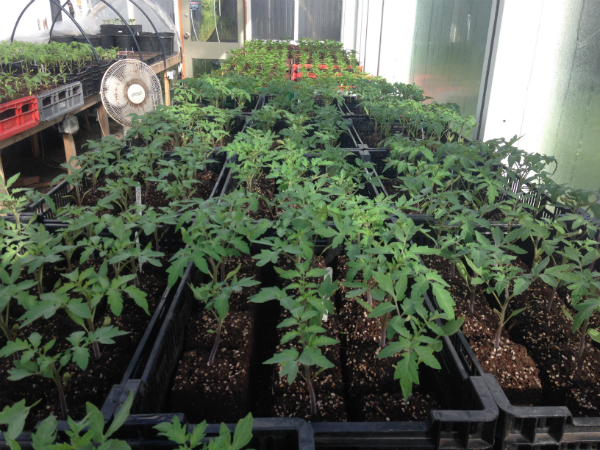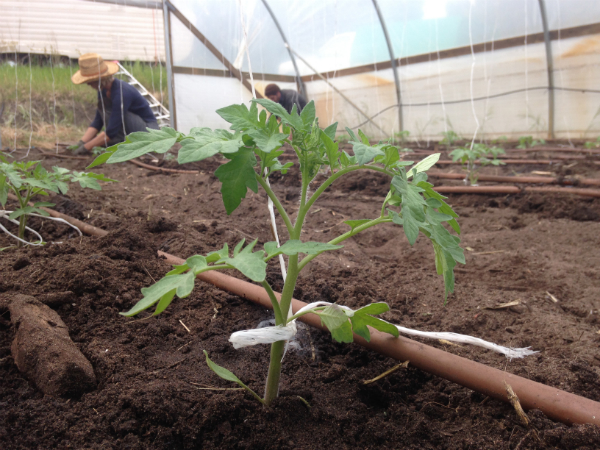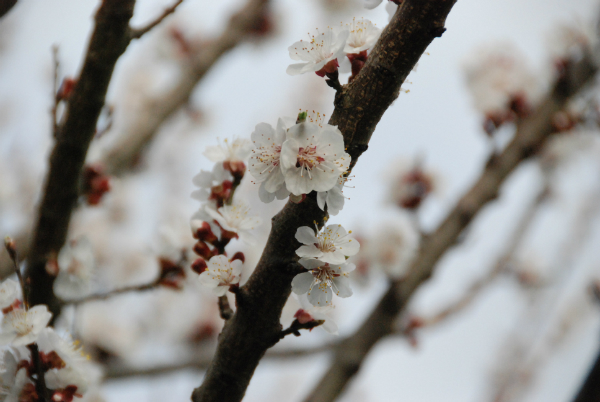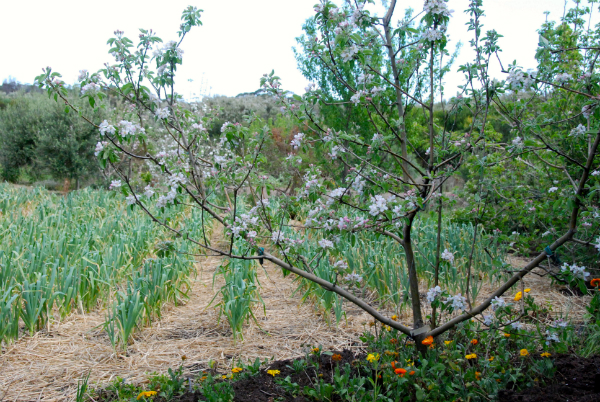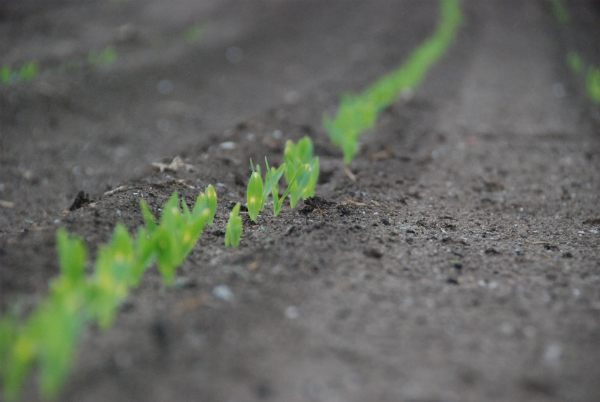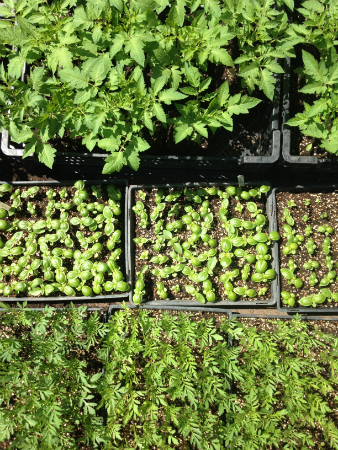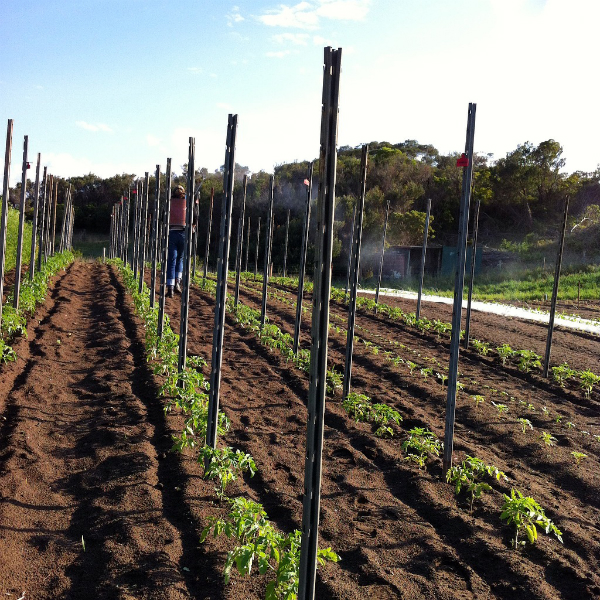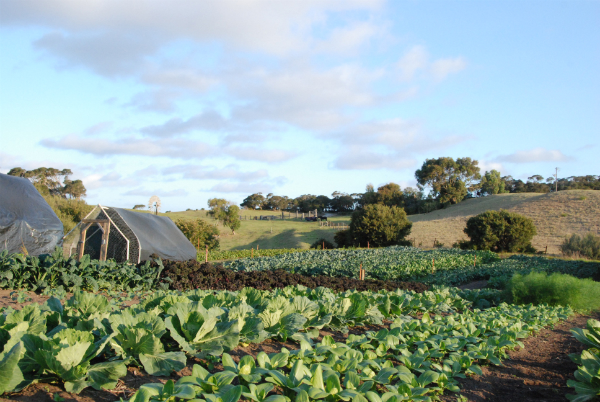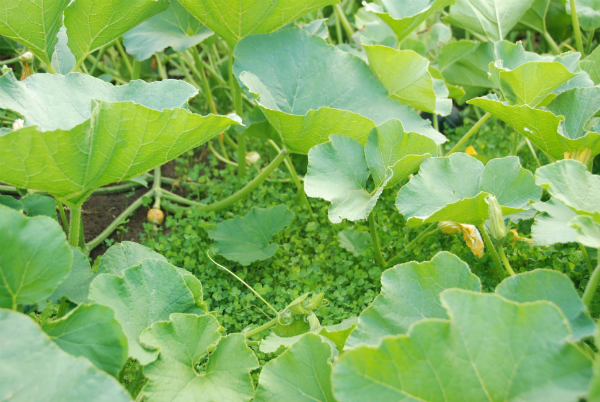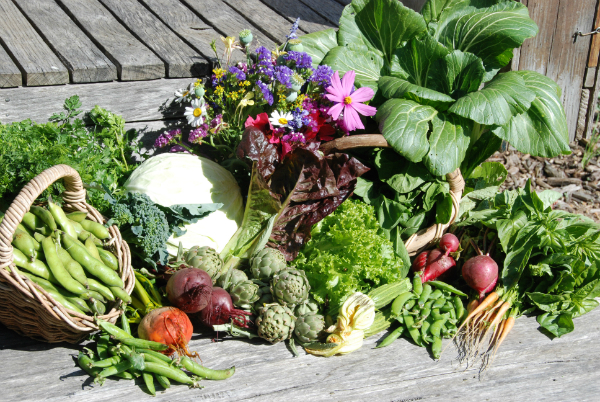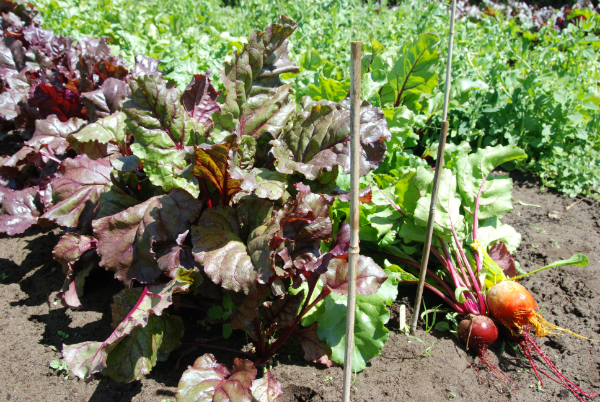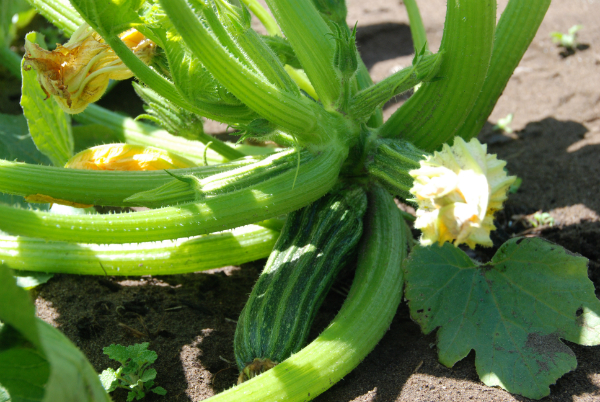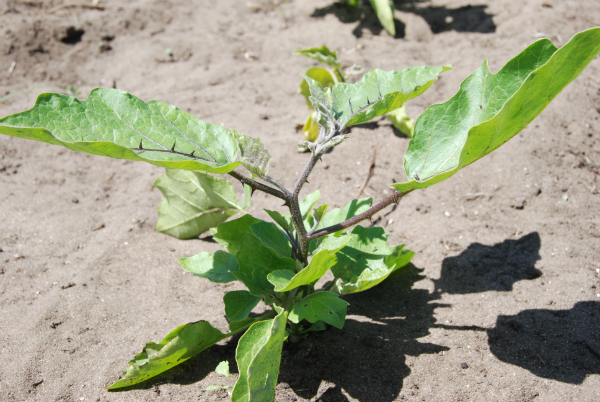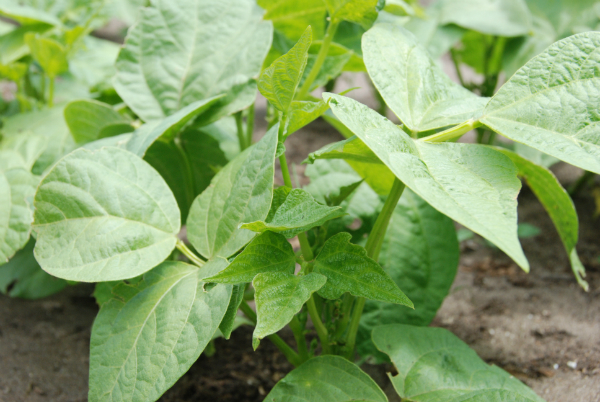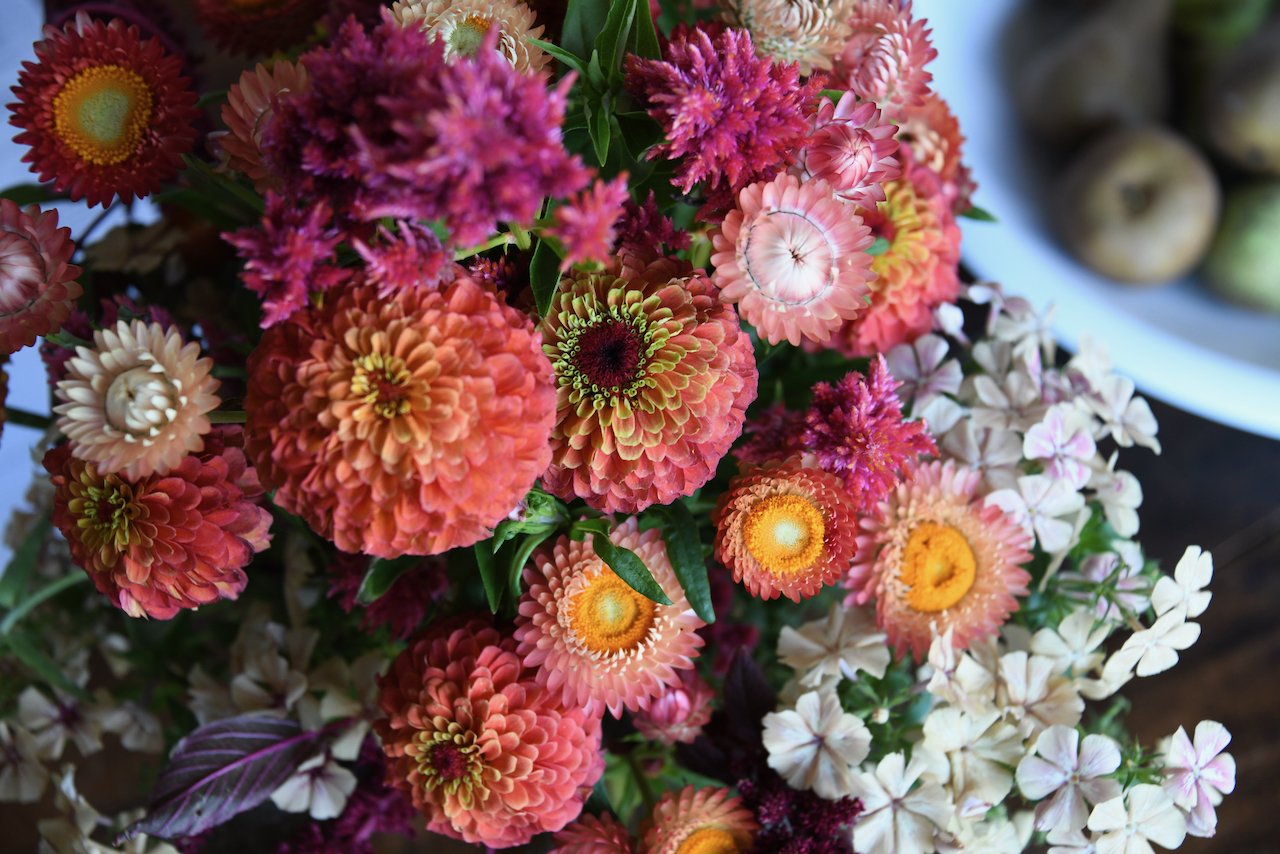Transition Farm - Spring 2015
/A good rainy morning is a wonderful chance to share what has been happening this Spring on the farm. We spent the Winter reflecting on our farm, completing much overdue book work and looking ahead - setting new goals and refining old ones. Crop seeding began in early August and it has been a busy time as we nurture the heat loving crops in the greenhouse and wait for warmer nighttime temperatures to transplant them into the field.
This has been a very different Spring with us making the decision to sow another green manure crop over the whole farm, resting our fields and building more hummus in the soil.
The fruit trees bloomed spectacularly and the garlic started to bulb up!
September and October were very dry and we had days over 30C which is "unseasonable" for Spring. Farmer friends had broccoli crops bolt with the heat and winter sown legumes dry out before the beans had developed. The Winter grain crops in Victoria have suffered from the lack of water. Our green manure crops thrived with irrigation. But most of the apricots, peaches and nectarines fell to the ground. The hot heat at this time of the year caused the trees to drop fruit.
The time for field planting is here. And we are busy trying to take advantage of the rain we have received in late October/early November.
The Spring flush of aphids has come but so have the beneficial insects that feed on them. We buy lacewing larvae in to kick start the farm population which we hope will multiple and thrive for the whole growing season.
Our CSA Summer Share sign up is starting soon. If you are thinking about joining our CSA, here's a link to 9 things your farmer wants you to know. We are trying to make joining our CSA easier for you and for us by having an online shop. It should be available soon and we will let you know!
The crops are looking fantastic - filled with vitality. We have continued our applications of biodynamic preparations 500 and 501 to support the soil life and hummus formation - give plant's feeder roots lots of great stuff to sink into and to support the plant's natural ability to photosynthesise - turn sunlight into energy.
You can see photos of the day to day activities on the farm on Peter's and my instagram accounts.
We also thought you might be interested in a few links:
Tammi Jones of Jonai Farm has written a great series about Grow Your Ethics. The third part in the series relates to "ethics of scale", "radical transparency", fair treatment of all farm helpers and connectedness - to other producers, the community and to those that eat what her farm produces! Her post has so many common truths with the way we feel about what we are doing - Tammi says it all so well - definitely worth a read!!
The lovely Belinda, who worked with us last year and did the weekly vegetable box deliveries, will be working with another new grower, Erin, growing food for their local community in Albury/Wodanga! We are so excited for them. You can follow their adventures on instagram.
Signing up for the Summer Share starts in December and we will send another email letting you know when and how to join. The Summer Share boxes will be for the months of January, February and March with the Autumn Share following from April - June.
Glad it is raining today! There are more flowers to plant as well as the second planting of cucumbers and zucchini! The soil feels great, the seedlings are thriving and we are excited about the upcoming season.
Happy Spring!!
Robin and Peter




